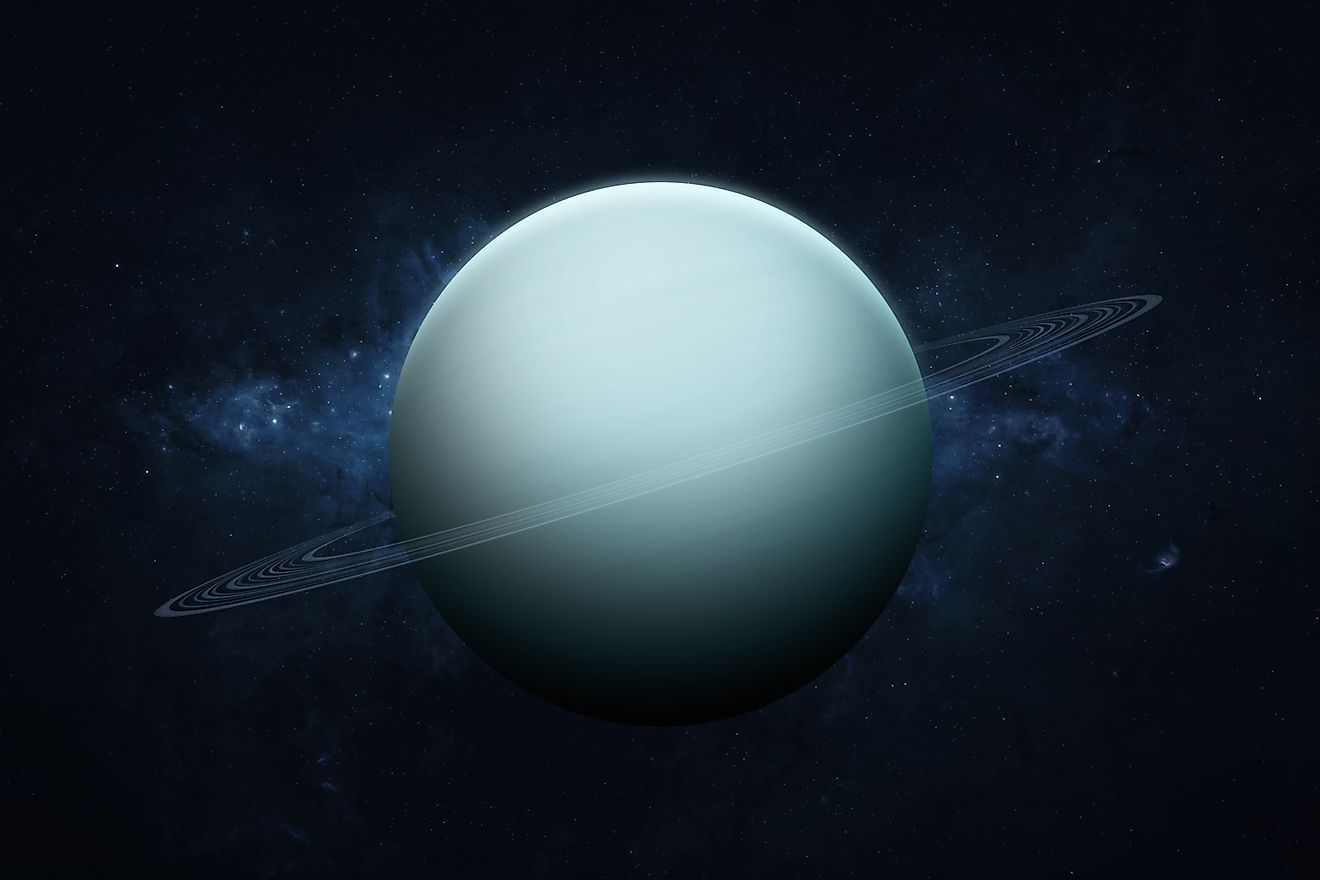
Will The Milky Way Collide With Another Galaxy?
Galactic collisions are a common event that occurs across the universe. In fact, collisions between galaxies are a natural part of galaxy formation, and it is likely that every galaxy, including the Milky Way, have collided with one or more galaxies in the past. However, what about the future? Will the Milky Way ever collide with another galaxy in the future? As it turns out, our nearest galactic neighbor, the Andromeda Galaxy, is speeding towards us. Sometime in the next five billion years or so, the Milky Way and Andromeda will collide.
How Fast Is Andromeda Moving?

When the collision between Andromeda and the Milky Way occurs will depend on how fast the Andromeda Galaxy is moving towards us. Although the Andromeda Galaxy is the closest large galaxy to the Milky Way, it is still 2.5 million light years away, so it still has a tremendous distance to cover. Current calculations place Andromeda’s velocity at 68 miles per second (110 kilometres per second). That is tremendously fast, yet given the distance between the Milky Way and Andromeda, it will take about five billion years before the two galaxies collide.
What Will Happen When The Two Galaxies Collide?

The collisions between the Milky Way and Andromeda will unfold in a way similar to most other galactic collisions. As the two galaxies approach one another, the gravitational pull between them will distort their shapes and stretch out their spiral arms. The Milky Way and Andromeda will both cease to be spiral galaxies and will instead look more like irregular galaxies. The gravitational dance between the two galaxies will last many millions of years, and the two galaxies will pass through each other multiple times. During the collision, it is very unlikely that any stars will collide with another. The distances between the stars is simply too vast for collisions to occur. However, nebulae may collide due to their larger surface areas. When vast clouds of hydrogen collide, it will result in a high rate of star formation. Furthermore, gravitational tidal forces between the Milky Way and Andromeda will ignite further star formation. The two galaxies will enter a phase called the starburst phase. Countless stars will form in a relatively short period of time, and the process itself may even exhaust the supply of usable hydrogen in both galaxies.
A large number of stars will likely be ejected from both galaxies. Most of the other stars will likely be flung to a different position altogether. If our sun is still around when the Milky Way and Andromeda collide, it will likely be pushed into the outer regions of the galaxy, and there is even a small chance that our solar system could be ejected from the galaxy.
Eventually, the Milky Way and Andromeda will fully merge together and become a single, much larger galaxy. They will no longer possess their spiral shapes, and instead, will likely form into an elliptical galaxy. Astronomers have nicknamed this theoretical galaxy Milkomeda.
Will The Earth Be Around?
Five billion years is a long time, and the collision itself will last many millions of years. Will the Earth and the solar system be around long enough to witness the collision between the Milky Way and Andromeda? The timing of the collision is estimated to occur around the same time that our sun will enter into the final stages of its life. It is very likely that the sun will still exist, but it will not be the sun we are used to. Rather, the sun will have evolved into a red giant star. The sun will become so large that it will engulf the orbits of Mercury, Venus, and possibly Earth. Even if the Earth survives the red giant phase, the surface of our world will be far too hot to support any forms of life. The Earth will probably be around when the Milky Way and Andromeda collide, but unfortunately, there will be no forms of life to watch it unfold.











